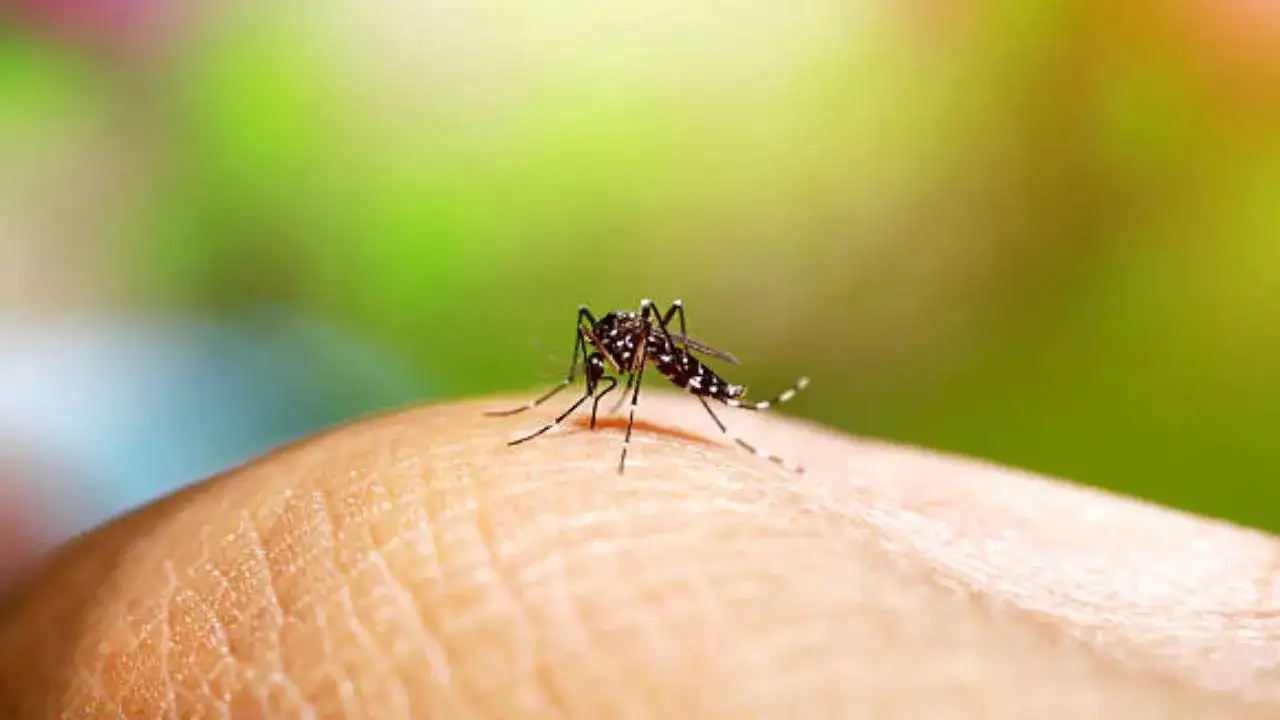
National Dengue Day 2025: Is Your Bathroom Safe? Top 5 Indoor Spaces Where Dengue Mosquitoes Thrive (Image Credits: iStock)
As the unseasonal rain showers sweep in, so does the surge in mosquito-borne diseases, most notably, dengue fever. This viral infection, spread by the bite of infected Aedes aegypti mosquitoes, is no longer limited to outdoor puddles and open drains. It’s creeping inside our homes, often thriving in places we least expect.
“Dengue isn’t just another seasonal fever—it can lead to severe complications like internal bleeding, low platelet count, and even shock if not treated in time,” says Dr Shalmali Inamdar, Consultant, Physician and Adult Infectious Diseases, Kokilaben Dhirubhai Ambani Hospital, Mumbai. “The scary part is that most people don’t realise their homes could be nurturing the very mosquitoes that make them sick.”
Unlike malaria-spreading mosquitoes that bite at night, Aedes mosquitoes are active during the day, especially early mornings and before sunset. What makes them particularly tricky is their preference for clean, stagnant water, often found indoors. So while you're shutting windows at night, these mosquitoes might already be buzzing around your living room in broad daylight.
Dr Inamdar shares the top 5 indoor dengue hotspots you should address without delay:
1. Water Storage Containers
In cities like Mumbai, storing water is common due to inconsistent supply. But uncovered buckets, drums, or tanks can become perfect mosquito nurseries. “Always ensure water storage units are covered tightly,” says Dr Inamdar. “And make it a habit to clean them weekly. This breaks the mosquito breeding cycle.”
2. Flower Pots and Plant Trays
While houseplants add beauty to a room, the saucers below them often hold leftover water. “Even a spoonful of stagnant water is enough for Aedes mosquitoes to lay eggs,” warns Dr Inamdar. “Empty these trays regularly or fill them with sand to absorb excess water.”
3. Air Conditioner Drip Trays
AC units often have trays to collect condensation, and these can become hidden breeding spots if ignored. “This is one of the most overlooked areas,” says Dr Inamdar. “Regularly check and drain these trays, especially during humid weather.”
4. Unused Items Holding Water
Old tyres, buckets, utensils, or even kids’ toys left lying around can collect rainwater or spills. “Decluttering is crucial,” explains Dr Inamdar. “Get rid of anything that can hold water—even small amounts count.”
5. Bathroom Fixtures
Damp corners, unused toilet bowls, or containers under sinks can easily trap stagnant water. “Flush toilets that aren’t used often and inspect every nook of your bathroom,” advises Dr Inamdar. “Moisture-rich spots are perfect breeding zones.”
In addition to removing breeding grounds, protect yourself with mosquito repellents, full-sleeved clothes, and nets while sleeping.
“Fighting dengue is not just about treating symptoms,” explains Dr Inamdar. “It’s about prevention, awareness, and community effort. Your home, if left unchecked, could be the starting point of an outbreak.”
